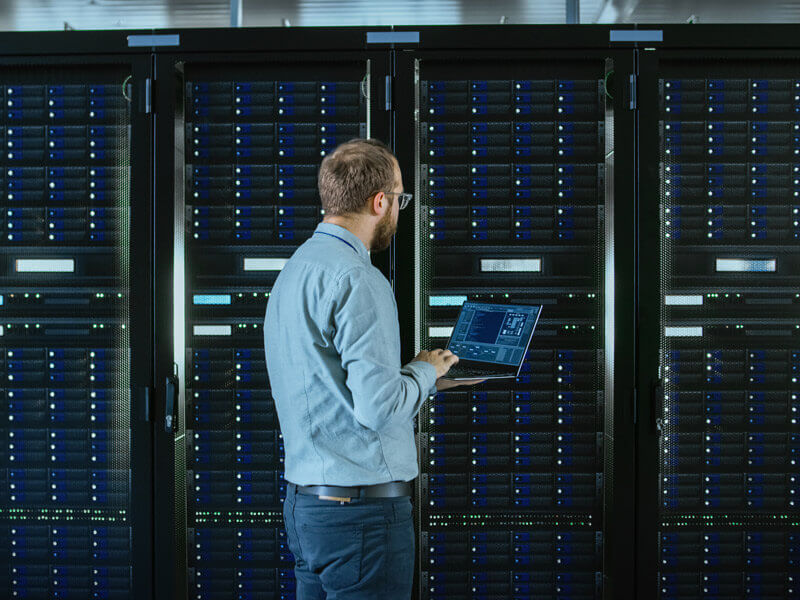5G networks will be much denser than existing 3G and 4G networks, to deliver on dual promises of higher bandwidth and lower latency.
Today’s 5G networks offer exponential increases in speed and greater volume of data transmission, to enable the use of more advanced and essential applications. They also represent a great challenge for operators, due to the complication of requiring millions of sites and devices to deliver 5G.
The pandemic brought about an enormous change in consumer habits. The telecommunications sector adapted to this new reality and accelerated digitalization with deployments of a greater spectrum, allowing for more robust networks and better quality.
What are the critical points that service providers and telecommunications operators must consider adapting for the new network? Here are the primary considerations:
Energy Consumption and Environmental Impact
5G networks require more sites, which will impact energy consumption and generate more carbon dioxide if appropriate measures are not taken. Therefore, telecommunications operators must take advantage of the energy efficiency functions of devices with continuous and alternating currents and cooling equipment with energy-saving functions introduced to support 4G network equipment.
Another point to consider is transitioning from lead batteries to lithium batteries, which can have a positive impact on site cost and energy consumption, since use of lithium batteries can allow to reduce the capacity of the air conditioning or remove it. Even though 5G networks are up to 90% more efficient per traffic unit than their 4G predecessors, they still require far more energy due to increased network density, heavy reliance on IT systems, and increased network use and accelerated traffic growth. According to Research from STL Partners and Vertiv, Why is Energy Management Critical to 5G Success?, it is expected that by the year 2026, telecom networks will consume between 150% and 170% more energy than they do today.
Personally, I believe that it is a great opportunity to address the issue of energy efficiency in the network design stage prior to implementing 5G.
The 5G Network and the Edge Network
The exponential growth in data traffic we are experiencing today, and which will continue for the next few years, brings additional challenges to telecommunications operators. The Internet of Things and the growing number of connected devices have a direct impact on rack temperatures due to the increase in data processing.
As applications at the network edge have become increasingly essential to critical business operations, sites have become more robust and sophisticated, with enterprise-grade availability requirements and remote monitoring and management capabilities. Telecommunications operators must consider this point to guarantee cooling solutions can reliably and safely support these types of critical requirements.
Traditional data centers are not likely to do enough to meet the speed requirements for applications related to restricted connectivity, virtual reality, and high-performance computing running on the 5G network. Therefore, micro data centers or data centers that provide solutions for low latency applications are needed on the edge network. Here, other types of compact, high-density solutions will be required to maintain the reliability those applications need.
Governments are Key to the Success of 5G
Central and local governments play a key role in successfully implementing 5G. They are crucial when preparing and launching bids or authorizations for new technologies, as well as facilitating new laws or modifications to current legislation for the installation of 5G antennas.
Regulatory standards for telecommunications services in Latin American countries are outdated in regards to 5G. They need to be updated to ensure service levels and to ensure operating companies do not sacrifice service quality in their race to compete.
The Importance of 5G
We are facing an interesting time of many challenges, including challenges from the power of 5G. As the deployment of 5G networks continues around the world, delivering higher bandwidth and faster speeds that enable applications, such as high-definition video, ultra-low latency gaming, and advanced telemedicine, the main focus must remain on the availability, efficiency and preservation of telecommunications resources.
At Vertiv, we offer a comprehensive portfolio of data center, telecommunications, and edge infrastructure solutions to power, cool, support and protect today's emerging 5G networks.






